
ERP Implementation Roadmap
An ERP implementation is a significant investment for any organization as it works on various metrics and collectively provides the user with the success that can give them sufficient market capture. In this blog we will discuss about the Key Performance Indicators that acts like a valuable metrics to calculate the effectiveness of the ERP system and its impact on business operations. Here is a list of essential ERP implementation metrics that the organizations should consider.
On-Time and On-Budget Delivery
The success rate of the ERP implementation can be measured on the aspects like the delivery time of the project, the planned timeline and budget. This particular KPI reflects the project efficiency and the financial performance, which works on the baseline for assessing overall project success. On the other hand the delays or the cost overruns directly indicates the issues in project management or scope creep, and it further demands the investigation.
System Adoption and Utilization
How can you say that the ERP implementation was successful, the working and understanding of the any ERP system depends on the post-implementation training. Also the system adoption and utilization can be measured by the components like the tracking user logins, frequency of use, and completion rates of key tasks through the system as the high adoption rate means successful training and change management initiatives.
Business Process Improvement
The most important goal of any ERP systems is to enhance the current operating system of the business. The key performance indicator measures the scope of improvements in areas such as cycle times, data accuracy, and workflow efficiencies. The Organizations can evaluate this by comparing the main key performance metrics before and after implementation and also carefully assist the operational efficiencies.
Data Accuracy and Integrity
Data quality plays a vital role in the effective decision-making in any organization. The KPI works on the functions like error tracking, discrepancies, and validation rates and also assist the business in getting High levels of data integrity for a better functionality that can manage and process the information well for reliable reporting.
Return on Investment (ROI)
The calculation of the return on investment gives the user an understanding of the financial aspect of the business. Also it works on the ERP implementation compared to its costs. The metrics here calculates the increased revenue, cost savings, and improved profitability that together builds a progressive system. A positive ROI reflects the financial benefits, while a negative ROI reflects the lack of proper implementation strategy.
Customer Satisfaction
The good and trusted ERPs like odoo helps the owners to have an enhanced customer interactions and an overall satisfaction levels. The customer satisfaction can be measured through customer feedback, complaint rates, and service quality assessments also an improvement in this area of operation means better service delivery, streamlined processes all within the ERP system.
System Stability and Performance
This Key Performance Indicators includes the components like the assessing uptime, response times, and overall system performance, it also assist the business in providing a stable ERP system that not only minimizes the disruptions to business operations but also provide them an enhanced user satisfaction.
Post-Implementation Support
Support is not just a basic form of learning but it is a necessary element that is essential to maintain the system success. As it reflects the responsiveness and quality of support services provided to users, it also helps in resolving issues and conducting function that maximize the user satisfaction with support interactions. Overall the post-implementation support can significantly impact on the user confidence in utilizing their new system.
Inventory Turnover
The businesses who are in a constant search of good inventory management they can try on tracking inventory turnover which will provide them insights into how well the ERP system optimizes the stock levels and reduces their waste. Therefore an increase in the inventory turnover reflects the improvement in the inventory process management.
Employee Satisfaction
The satisfaction level of the employee can be measured through surveys or feedback mechanisms post-implementation. The user can demonstrate it as the higher the engagement of any employee the higher will be the success rate of the ERP as it is said that the satisfied employees are more likely to embrace new technologies that streamline their workflows.
Demand Forecast Accuracy
Any effective ERP will always enhance the organization's ability to forecast demand as per the past data trends and the customer demands. Measuring this particular KPI can assist the user in understanding their planning processes.
Schedule Adherence
The schedule adherences aligns well with the pre-planned schedules post-ERP implementation and works on tracking the production within the firm. it also facilitate the planning and resource allocation.
IT Spending Efficiency
IT spending means the cost related to maintenance, subscriptions, or customizations. A reduction in IT spending reflects the efficient working of the ERP without excessive ongoing costs.
User Satisfaction
It is essential to collect valuable feedback from various user groups, across various departments as well as vendors as it helps the user to get insights into user satisfaction levels with the new system. This also helps them to understand different level of experiences and identify the areas for improvement.
At the end, the success of an ERP implementation involves a multi-faceted approach with the constant working on the KPIs according to the organization’s specific goals and objectives. The user can also conduct this ERP implementation by the trusted partners like o2b technologies that guide you at every possible step and will provide you with the scalable and affordable approach that aligns with your business standard too.
FAQs
What are the KPI for a successful ERP implementation?
Some of the KPIs for a successful ERP implementation are like the revenue, sales growth, the overall customer experiences the real-time project margin, data accuracy and the advanced integrity.
What are the phases or the roadmap of the ERP implementation?
Planning, design, development, deployment, testing, etc.
How can I measure the Return on Investment?
The return of investment can be measured by the elements like the Net Profit divided by the Cost of the investment and multiplied by 100 at the last.
What does KPI means in the ERP implementation metrics?
KPI means the key performance indicator.
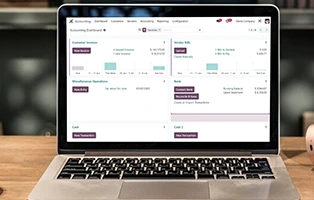



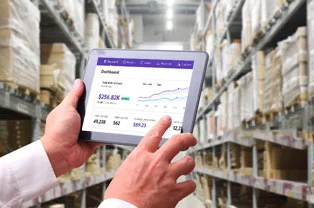
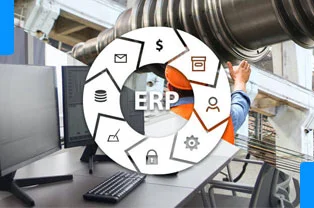



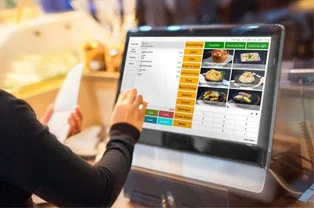

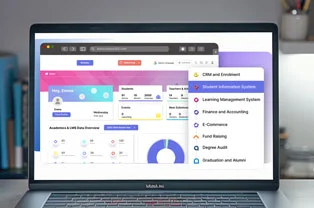








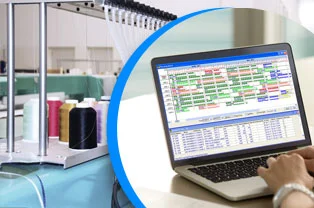

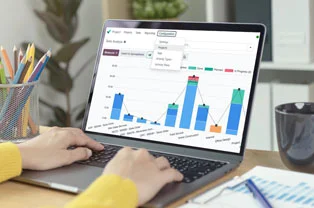






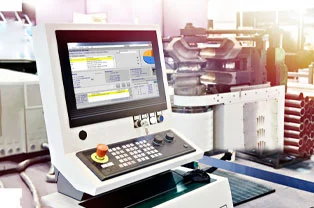
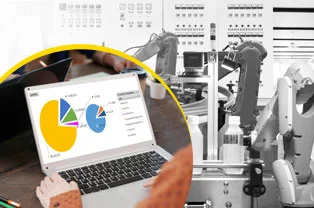


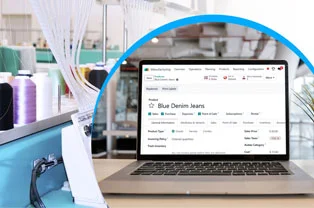
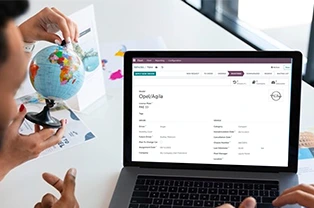














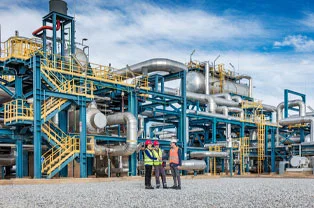










 USA
USA INDIA
INDIA